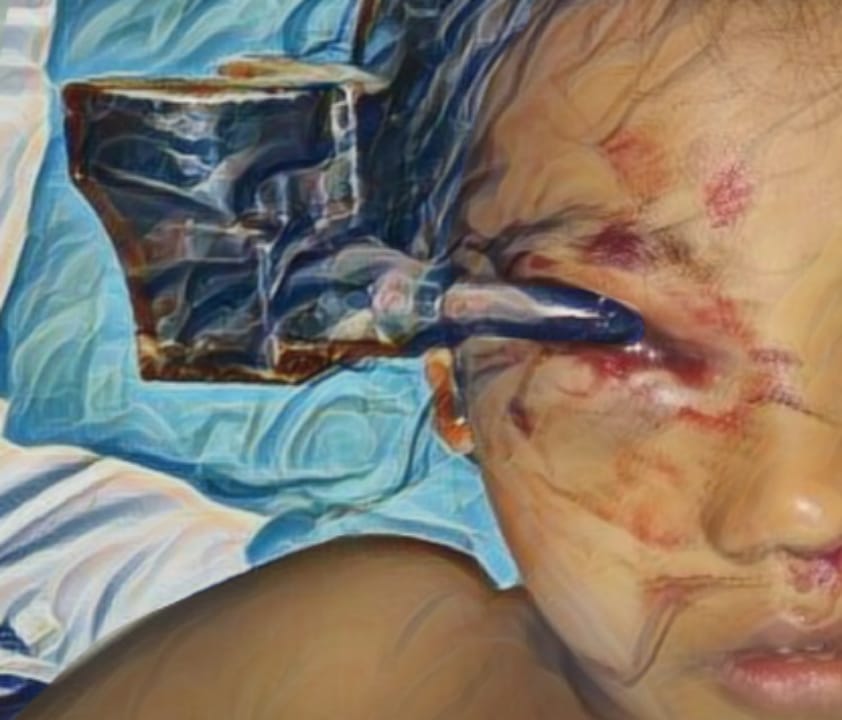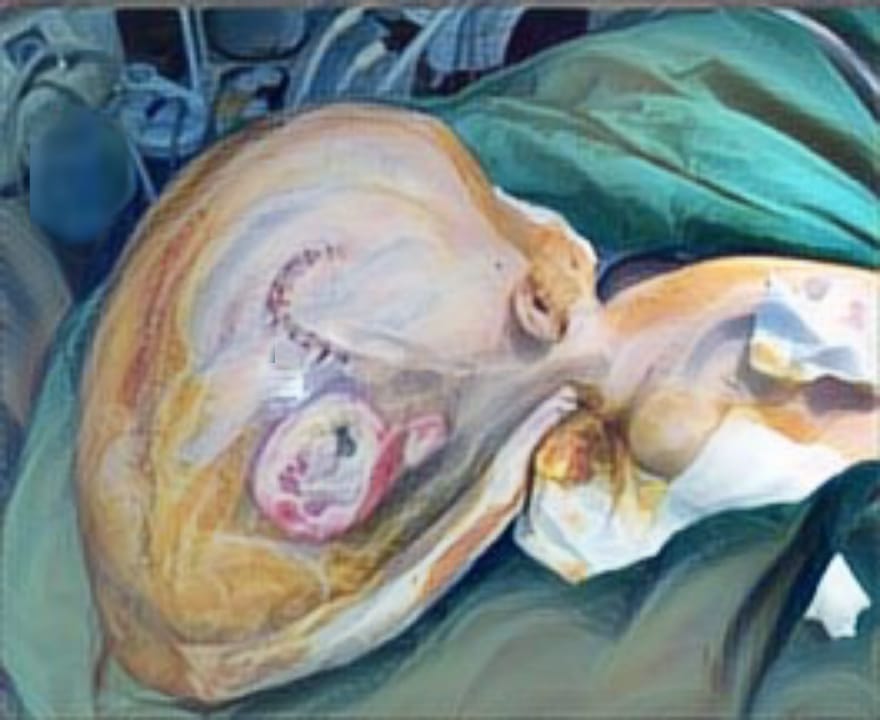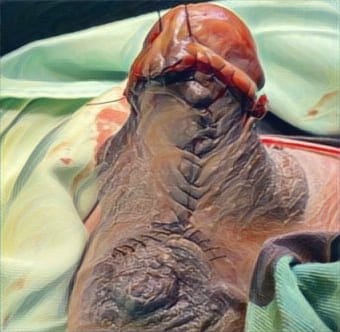CLINICAL PROFILES OF FROSTBITE IN DR. SOETOMO GENERAL ACADEMIC HOSPITAL: A CASE SERIES
Downloads
Highlights:
- This study presents three cases of frostbite in adults who participated in a Mount Denali expedition, highlighting the treatment process and outcomes.
- The importance of long-term follow-up management and prioritizing finger preservation and potential reconstruction in patient care.
Abstract:
Introduction: Frostbite is a common cold-related injury, especially among mountaineers in high-altitude settings. These injuries can occur both in freezing and above-freezing temperatures. The main goal of this study is to understand the clinical aspects of frostbite cases treated at Dr. Soetomo General Academic Hospital in Surabaya.
Case Illustration: We present three cases of frostbite in adults who were part of a Mount Denali expedition, reaching an altitude of 6192 meters. Initial treatment included rewarming and pain relief. They were admitted to our facility 11st days after the injury, with one patient undergoing finger amputation on the 71st day. All received standard antibiotics and three days of hospital care. No initial surgeries were performed; instead, wound checks and rehabilitation were done as outpatients. On the 71st day, one patient had the third and fourth fingers amputated. The study found changes in platelet counts during the acute frostbite phase but no significant changes during the subacute phase following cold exposure.
Discussion: The cases showed substantial improvements in wound healing, reduced swelling, increased mobility, and overall better health. Clear demarcation of damaged tissue occurred during observation. While frostbite is rare in tropical areas, it can impact individuals in cold-weather activities like mountain climbing and winter sports. Effective prevention and management are vital for good outcomes. Initially, conservative treatment is suggested, but surgery may be needed when the extent of tissue damage is apparent.
Conclusions: Long-term follow-up management is necessary to achieve a good functional outcome. Preservation and if necessary reconstruction of the finger should become a priority in the patient management.
Harirchi I, et al. Frostbite: Incidence and predisposing factors in mountaineers. Br J Sports Med. 2005.39:898–901.
Grieve, A.W., et al. A Clinical Review of the Management of Frostbite. J R Army Med Corps 157(1): 73-78.
Ward M: Frostbite. Br Med J 1974, 1(5897):67-70.
Harirchi I, et al. Frostbite: Incidence and predisposing factors in mountaineers. British Journal of Sports Medicine 2005.39:898-901.
Heggers JP, et al.: Experimental and clinical observations on frostbite. Ann Emerg Med 1987, 16:1056-62.
Biem J, et al. At the Bedside Out of the cold: management of hypothermia and frostbite. CMAJ 2003, 168(3):305-311.
McCauley R L, et al. Frostbite. In Wilderness Medicine by Auerbach P S. Mosby 2001 (4 th ed).
Cauchy E, et al. Retrospective study of 70 cases of severe frostbite lesions: a proposed new classification scheme. Wild Env Med 2001.12:248-255.
Crismon JM, Fuhrman FA: Studies on gangrene following cold injury: vi. Capillary blood flow after cold injury, the effects of rapid warming, and sympathetic block. J Clin Invest 1947, 26(3):468-75.
Epstein Y, Moran DS. Extremes of temperature and hydration. In: Keystone JS, Kozarsky PE, Freedman DO, Nothdurft HD, Connor BA, eds. Travel Medicine. Philadelphia: Mosby; 2004:383–392.
Reamy BV: Frostbite: review and current concepts. J Am Board Fam Pract 1998, 11:34- 40.
Zonnoor D.Frostbite. [http://master. emedicine.com/ped/topic803 .htm]. accessed 26th May 2018
Wani, A. H., et al. An unusual case of frost bite autoamputation of toes. Cases Journal 2008, 1:398.
Bruen KJ, Gowski WF. Treatment of digital frostbite: current concepts. J Hand Surg. 2009.34:553–554.
Roche-Nagle G, et al. Frostbite: management options. Eur J Emerg Med. 2008.15:173–175.
Britt LD, Dascombe WH, Rodriguez A: New horizons in management of hypothermia and frostbite injury. Surg Clin North Am 1991, 71:345-70.
Miller MB, Koltai PJ. Treatment of experimental frostbite with pentoxifylline and aloe vera cream. Arch Otolaryngol Head Neck Surg. 1995;121:678–80.
Subedi, B.H., et al. Frostbite in a Sherpa. Wilderness & Environmental Medicine, 2010. 21:127–129.
Copyright (c) 2019 Thomas Eduardus Sudrajat Wahyu Nugroho, Beta Subakti Nata’atmadja

This work is licensed under a Creative Commons Attribution-ShareAlike 4.0 International License.
JURNAL REKONSTRUKSI DAN ESTETIK by Unair is licensed under a Creative Commons Attribution-ShareAlike 4.0 International License.
- The journal allows the author to hold copyright of the article without restriction
- The journal allows the author(s) to retain publishing rights without restrictions.
- The legal formal aspect of journal publication accessbility refers to Creative Commons Attribution Share-Alike (CC BY-SA)




















